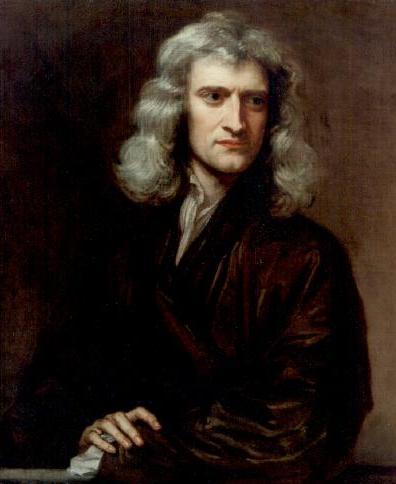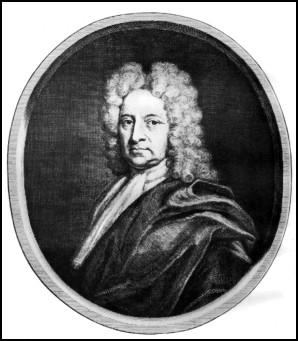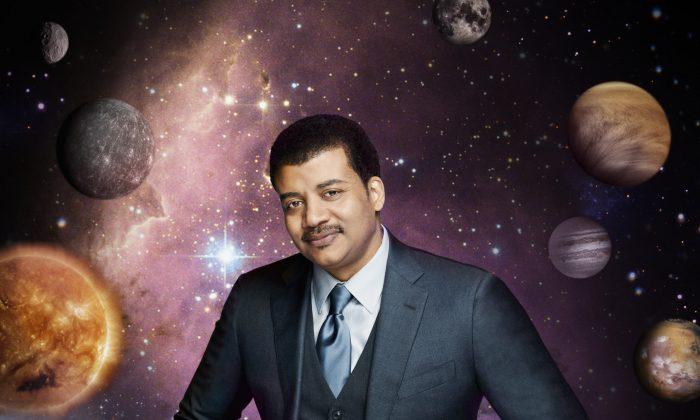In the third episode of “Cosmos: A Spacetime Odyssey,” Neil DeGrasse Tyson took viewers through a rapid shift in how people understand the cosmos, a story revolving around a single, sullen, secluded student at Cambridge University—Isaac Newton.
Newton had been burned by Robert Hooke, who took credit for some of Newton’s early theories and continued to plague Newton in this manner through the course of his career. But astronomer Edmond Halley, whose name flies through space to this day attached to the famed comet, became a friend and patron of the young recluse and brought Newton’s groundbreaking work out of his closed quarters.

Portrait of Sir Isaac Newton in 1689, painted by Sir Godfrey Kneller.
Tyson started the episode with a more remote history, depicting civilization in its infancy. He used the analogy of a baby in a bassinet looking up at a wondrous, starry sky. Different cultures “looked up at the same stars and found different pictures there,” Tyson said.
The stars align with changing seasons and other phenomena on Earth. People understood, said Tyson: “What happens up there must be directed at us down here … What else could it be but a message?”
Comets were portents of doom. Various cultures thought they foretold famine, the deposition of a ruler, or even a specific plight, such as a small-pox outbreak. The word “disaster” has it’s root in the Greek words for “bad star.”
Before Halley came to further the scientific understanding of comets in the early 18th century, he had another mystery to solve first. He wondered why some planets orbit the sun faster than others. Directing great minds of his time to the task, the mathematics behind it remained nonetheless elusive.

Edmond Halley (Wikimedia Commons)
When he approached Newton, Newton told him he’d solved that equation a number of years before. Halley pushed through the barriers Newton had put up to shield himself against the outside world, having had a rough time of it in his family life growing up as well as in academia. The wealth of discoveries Newton had been sitting on may have remained undiscovered for many years, or forever, had Halley not published them at his own expense, overcoming many barriers to do so.
Newton formulated his law of universal gravitation, with his understanding that two bodies in the cosmos attract each other with a force dependent upon the mass of the objects and the distance between them.
Halley studied comets with the equations furnished by Newton and predicted that the comet, now known as Halley’s Comet, would return every 76 years. Newton’s work also predicted the force required to break away from the pull of Earth and travel into space. Theories are emerging, however, that Newton’s understanding of gravity may not be entirely correct. See Epoch Times article “Physicist Proposes New Theory of Gravity—Gravity Does Not Exist,” for more information.
Tyson closed the show with the same baby from the bassinet learning to walk. He left viewers with another prophecy: astronomers predict that in several billion years, the Milky Way and our neighboring Andromeda galaxy may merge in “a dance of a half a trillion stars.”






Friends Read Free